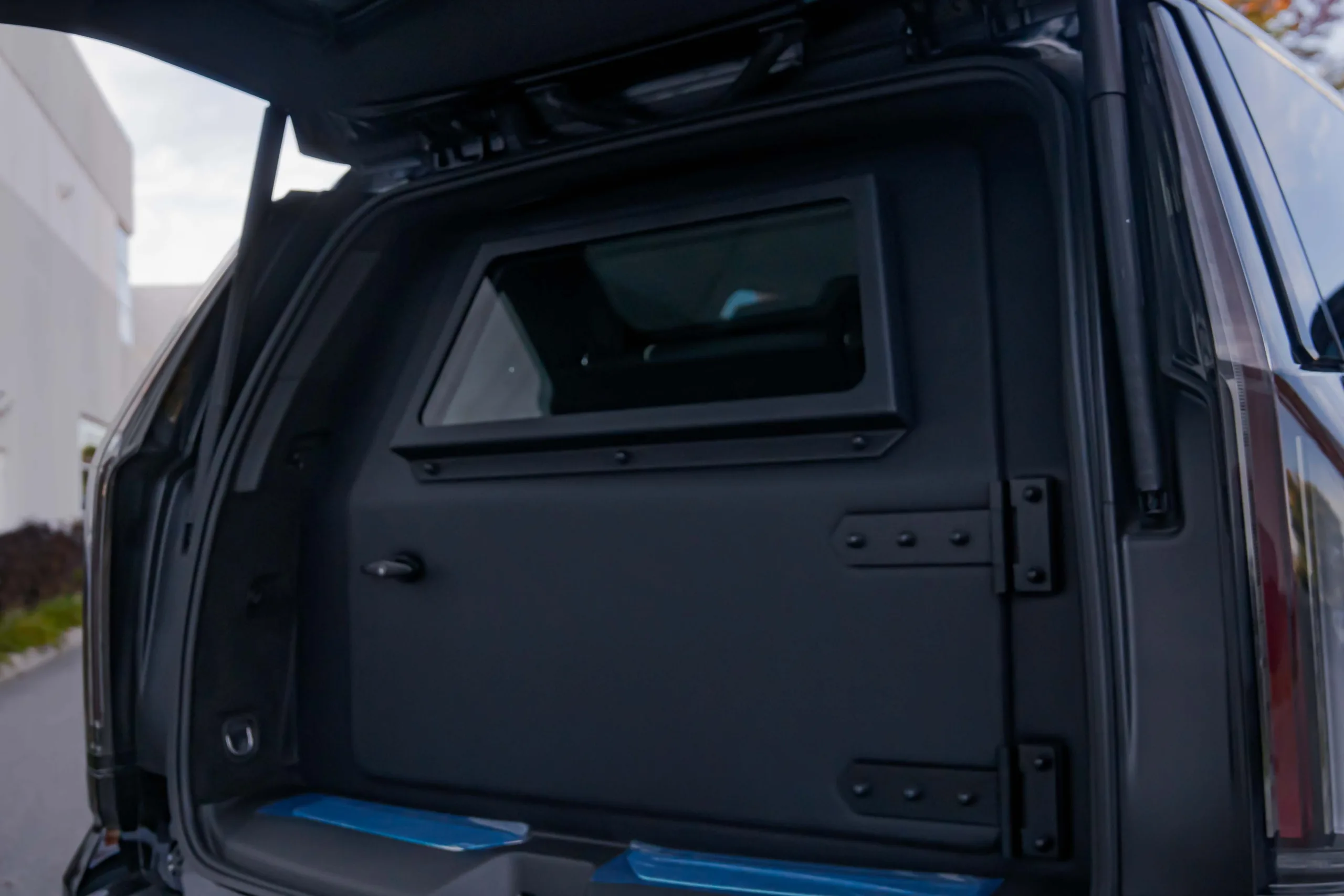
Luxury Cars Under Fire: Why the World’s Richest Are Reinventing Road Safety
Did you see the armored “Beast” President Trump rode in when he met with Vladimir Putin? They say it could withstand a direct grenade blast, resist rifle fire, and still accelerate out of danger. For decades, that level of protection was reserved for heads of state — but in 2025, it’s becoming the new normal for the world’s elite.
Across Texas, Dubai, Johannesburg, and London, the ultra-wealthy are quietly redefining what it means to travel safely. It’s no longer just about arriving in style — it’s about seamless security, discretion, and continuity of lifestyle from runway to residence.
The New Definition of Luxury Travel
The global elite no longer see ground transport as the weak link in their security chain. For family offices, diplomats, and corporate executives, the expectation is clear: if your jet is secure, your SUV should be too.
Today’s armored luxury cars blur the line between private aviation and ground mobility. They deliver certified ballistic protection, blast resistance, encrypted communications, and interiors so refined they rival first-class cabins.
That’s why the market for armored SUVs and sedans is surging — and why more clients are viewing their vehicles not as symbols of excess, but as assets of continuity, comfort, and safety.
Why Demand Is Rising Among the Ultra-Wealthy
1. Real-World Risks, Real Responses
Geopolitical tensions, targeted kidnappings, and organized crime have made security an everyday consideration for high-profile families. According to RAND Corporation, global executive protection incidents have grown significantly since 2021, prompting UHNW individuals to seek “presidential-grade protection” on the road.
2. Business Continuity on the Move
Executives today expect constant connectivity. That means armored vehicles now come equipped with encrypted satcom systems, LTE fallback connectivity, and command-suite consoles that allow business operations to continue without disruption.
3. Prestige Through Discretion
Gone are the days of conspicuous, military-style convoys. Modern BR6-certified SUVs like the Cadillac Escalade Parthenon, Mercedes-Maybach G63, and Toyota Hilux Tactical combine imposing presence with elegance — their true strength hidden beneath the surface.
4. Performance Meets Protection
The latest generation of SUVs — from Cadillac’s Escalade to Mercedes-Maybach’s S-Class — now feature frames engineered to handle the extra weight of full BR6 armoring, run-flat tires, and blast-resistant underbodies without compromising comfort or drivability.
Jet-Level Protection on the Ground
Buying an armored luxury vehicle in 2025 is no longer just about protection — it’s about engineering an environment where productivity, comfort, and safety coexist.
Protection That’s Proven, Not Promised
Genuine protection begins with certified materials and verifiable standards. The NIJ Ballistic Protection Guidelines remain the gold standard for ballistic classification.
Reinforced fuel systems, blast-mitigated flooring, and independently tested ballistic glass are non-negotiables for BR6 builds.
Cabins Crafted Like Jet Interiors
Inside an armored vehicle, comfort is a security feature in itself. Think acoustic isolation, adaptive HVAC, and jet-grade seating designed for long transfers or high-pressure routes. Privacy partitions, console-integrated comms, and ambient lighting turn armored SUVs into mobile executive suites.
Connectivity for Command and Control
Today’s high-end armored vehicles come wired for resilience — with secure communications suites, GPS encryption, and AI-assisted route planning that proactively reroute based on risk assessments.
This approach aligns with operational best practices from the U.S. Department of State’s Diplomatic Security Service.
Why SUVs Dominate the Armored Market
SUVs have emerged as the dominant platform for armored conversions. Their wide frames, higher GVWR, and spacious interiors make them ideal for integrating protection systems without compromising ride quality.
The Cadillac Escalade Parthenon BR6, Toyota Hilux BR6, and Mercedes G63 4×4² exemplify this trend — vehicles that balance commanding presence with refined composure.
SUVs also deliver the modularity UHNW clients demand: configurations can include upgraded air suspension, enhanced braking, and customizable interiors ranging from tactical command layouts to Maybach-inspired luxury.
Recommendation: Always verify a vehicle’s OEM GVWR and require the armoring company to supply a certified post-conversion performance report.
What to Expect in 2025 Builds
The armored industry is rapidly evolving, blending military-grade defense systems with private aviation-grade comfort.
- Modular Armor Systems: Future-proof your investment with upgradeable panels and electronic systems.
- Integrated Command Suites: Secure, multi-channel comms that allow operations teams to monitor movement in real time.
- Countermeasure Integration: From underbody protection to drone detection — see Defense News.
- Transparency and Traceability: Reliable builders provide complete documentation — steel certifications, ballistic test results, and service schedules.
These developments ensure vehicles aren’t just protective; they’re intelligent, adaptable, and ready for multi-environment deployment.
From Checklist to Procurement Strategy
For buyers — especially institutional clients, embassies, and family offices — acquiring an armored vehicle should follow a process as structured as an aircraft acquisition.
Step 1: Define the Threat Profile
Identify the likely risks — from small-arms fire to forced entry or IED exposure — and choose a ballistic level that matches the use case.
Step 2: Vet the Supplier
Visit conversion facilities, inspect their processes, and confirm independent certifications. No reputable supplier avoids scrutiny.
Step 3: Demand Third-Party Testing
Always request independent ballistic testing reports or witnessed demonstrations to verify claims.
Step 4: Evaluate Warranty and Maintenance
Map out service intervals, replacement parts, and warranty implications — especially for OEM-modified systems.
For deeper insight, see our internal guide: How to Buy an Armored Luxury Vehicle: A Complete Checklist.
Beyond the Machine: People and Process
Armored mobility is only as strong as its operators and maintenance teams.
- Driver Training: Accredited security driver programs (see ASIS International) are critical for safe evasive maneuvers.
- Maintenance Planning: Schedule preventive inspections every 90 days, especially for brakes, suspension, and ballistic glass.
- Operational Audits: Conduct performance reviews at 30, 90, and 365 days post-delivery to document real-world data and warranty claims.
The TexasADirect advantage
At TexasADirect, we don’t just sell armored vehicles — we engineer mobility continuity systems. From BR6-certified SUVs to custom tactical conversions, every build is designed for one purpose: to move the world’s elite in comfort, confidence, and command.
Each vehicle undergoes certified ballistic testing, advanced system validation, and finishing by expert craftsmen who understand the importance of discretion and detail.
If you’re ready to experience jet-level security on the road, contact us today to schedule a private consultation and inspection.



Leave a Reply